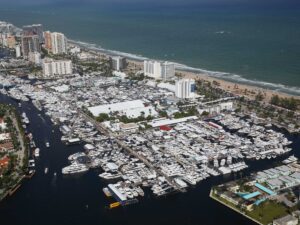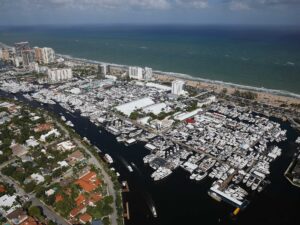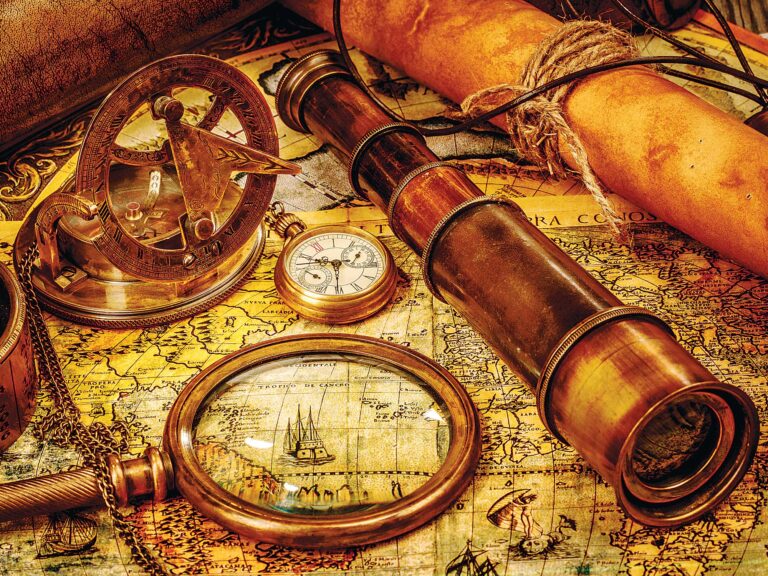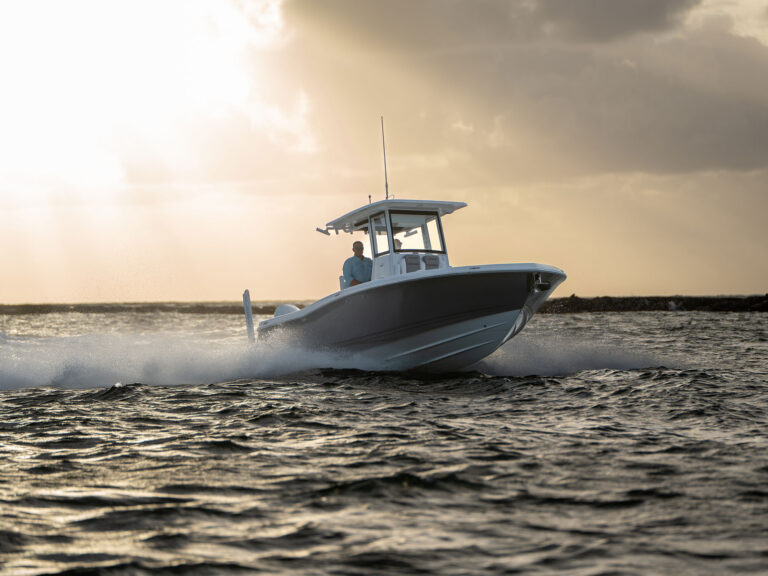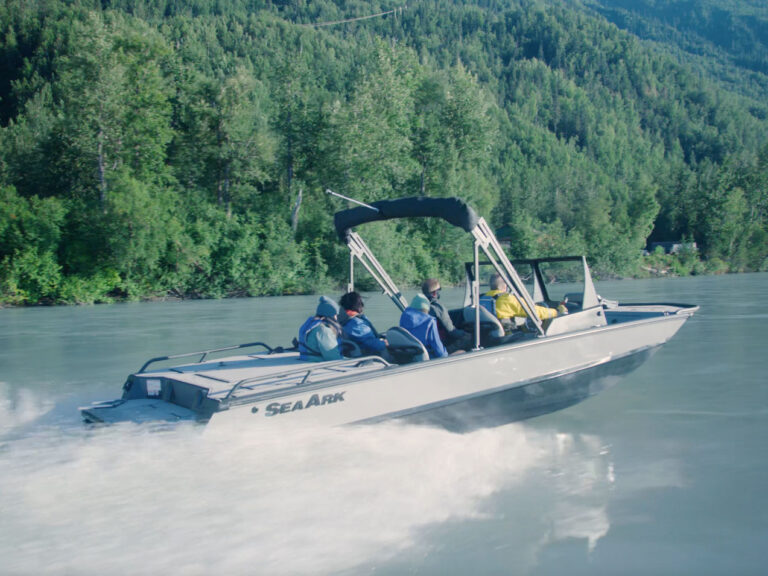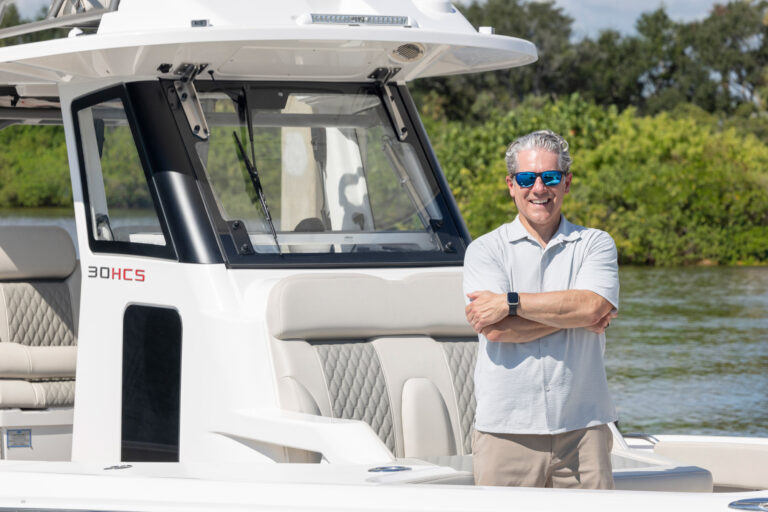
If you follow us on YouTube or visit our website and other social channels, as well as enjoy reading our print magazine, then you know we produce a ton of videos each year. These number about 150 annually. I could cite the number of views, minutes viewed and other metrics, but suffice to say, we continue to reach more and more boaters via our digital platforms, and especially with video.
We hope to leverage that success and visibility for the greater good. Moving forward, you’ll see Boating editors wearing life jackets when aboard boats underway. Why? Simply stated, because wearing life jackets saves lives. Wearing a life jacket is the No. 1 thing we boaters can do to prevent fatalities on the water. The data proves it. Review it for yourself: uscgboating.org/statistics/accident_statistics.php.
Meantime, here’s a key takeaway: Where cause of death was known, 79 percent of fatal boating accident victims drowned. Of those accidents that contain reported life-jacket usage, 86 percent of drowning victims were not wearing a life jacket.
The 2020 Annual Boating Statistics report comes out in April, so I haven’t compiled the 2020 figures as of this writing. But according to the 2019 report, 613 recreational boaters died on US waters that year. Do the math regarding life-jacket wear and that’s some 430 families missing a loved one.
Yeah.
So, while we hope more boaters will come to the same conclusion we have and choose to wear life jackets as a matter of course, this editorial is the heaviest statement you’ll hear from us. We won’t be finger-pointing, berating, or smugly sniffing or blowing our own horn. We just hope our action will speak louder than words.
Read Next: Inspect Life Jackets Regularly
To make this initiative happen, we partnered with Mustang Survival, outfitter to the US Coast Guard, law enforcement and other maritime professionals, and procured two types of life jackets for our team. The first, the M.I.T. 100, is an auto-inflatable that’s streamlined, features big armhole cutouts, and can be set to deploy manually. It delivers 22 pounds of buoyancy, with USCG Recreational Type III approval and performance when worn. We’ll wear these mostly.
The second life jacket is the Khimera dual-flotation model. The Khimera is a thin foam vest that provides 7.5 pounds of inherent buoyancy, enough to make most adults neutrally buoyant. With its large armholes, the Khimera serves as a flotation aid for active water activities, such as stand-up paddleboarding or riding a PWC. Inflate it manually, if needed, and it goes to 20 pounds of buoyancy. It carries the new Harmonized Level 70 rating—good in both Canada and the US—and is equivalent to a Type III life jacket.
Statement from Mustang
“Bringing people safely home from a day out on the water is of paramount importance to Mustang Survival – we see our life vests and inflatable PFDs as your trusted sidekick. We focus on designing and engineering our PFDs to be lightweight, comfortable and easy to wear all day, so your focus can be having fun on the water. But should the worst case ever arise, you can trust we have your back. Working with Boating, we hope we can spread the message to always wear your PFD on your boat – no excuses. The only PFD that can bring you home to your loved ones is a PFD that is being worn. #wearit”
Jason Leggatt – President, Mustang Survival

